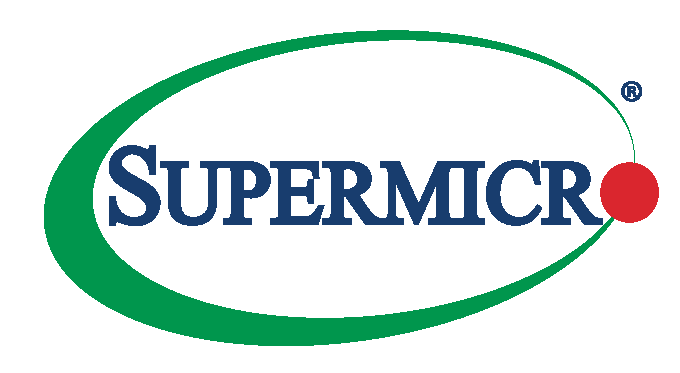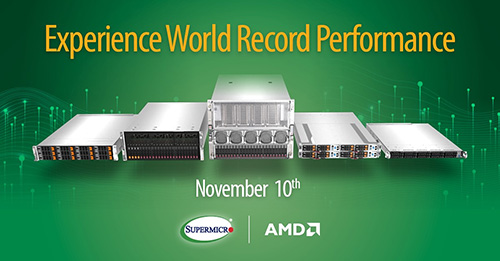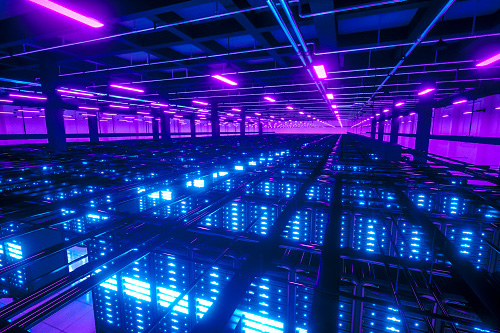To be effective at delivering performance-intensive applications, it pays to split up your workloads and run them simultaneously, a.k.a., in parallel. In the past, we didn’t really think about the resources required to run workloads, because many business computers were all-purpose machines. There was also a tendency to run loads serially to avoid bogging down due to heavy CPU utilization, heavy I/0 and so on.
But computers have become much more capable of late. What were once thought of as “desktop” computers have approached the arena once occupied by minicomputers and mainframes. Like the larger systems, they serve multiple concurrent users and higher-demanding applications. As a result, we need to think more carefully about how their various components – processor, memory, storage and network connections – interact, find and eliminate the bottlenecks between these components to make them useful for higher-end workloads.
Straighten out Bottlenecks
One way to eliminate bottlenecks is to break your apps into smaller, more digestible pieces that can run concurrently. As the new processors employ more cores and more sophisticated components, this means that more of your code can be consumed by the entire CPU package. This is the inherent nature of parallel processing, and why the world’s fastest supercomputers now routinely span thousands (and some in the millions) of cores.
A company called Weka has developed a file system designed to provide higher-speed data ingestion and more appropriate for machine learning and advanced mathematical modeling applications. Understanding the particular type of data storage – whether it is a parallel file system such as Weka, more scratch space for computations or better backups – can make a big difference in overall performance.
But it is also important how your apps work across the network. Is there a lot of back-and-forth between clients and servers, or sending a small chunk of data and waiting for a reply? This introduces a lot of downtime for the app, and these “wait states” should be identified and potentially eliminated.
Offload Workloads
Does your application do a lot of calculation? As discussed in an earlier story appearing on Performance-Intensive Computing, complementary processors, such as co-processors and GPUs, can be a big performance boost so long the processor can move on to its next task, working in parallel, instead of waiting for data returned from the offloaded computation.
Working in parallel can be a challenge when your apps frequently pause to wait for data from another process or are highly monolithic – designed to run in a serial fashion. Such apps may be challenging to rewrite to take advantage cloud native or parallel operations. At some point, you are going to have to make that break and put in the programming effort to modernize your apps, but only you or your company can decide when it’s right to do that.
But if you can modify your workloads for this parallel structure and your hardware was designed to support it, you will see big benefits.













